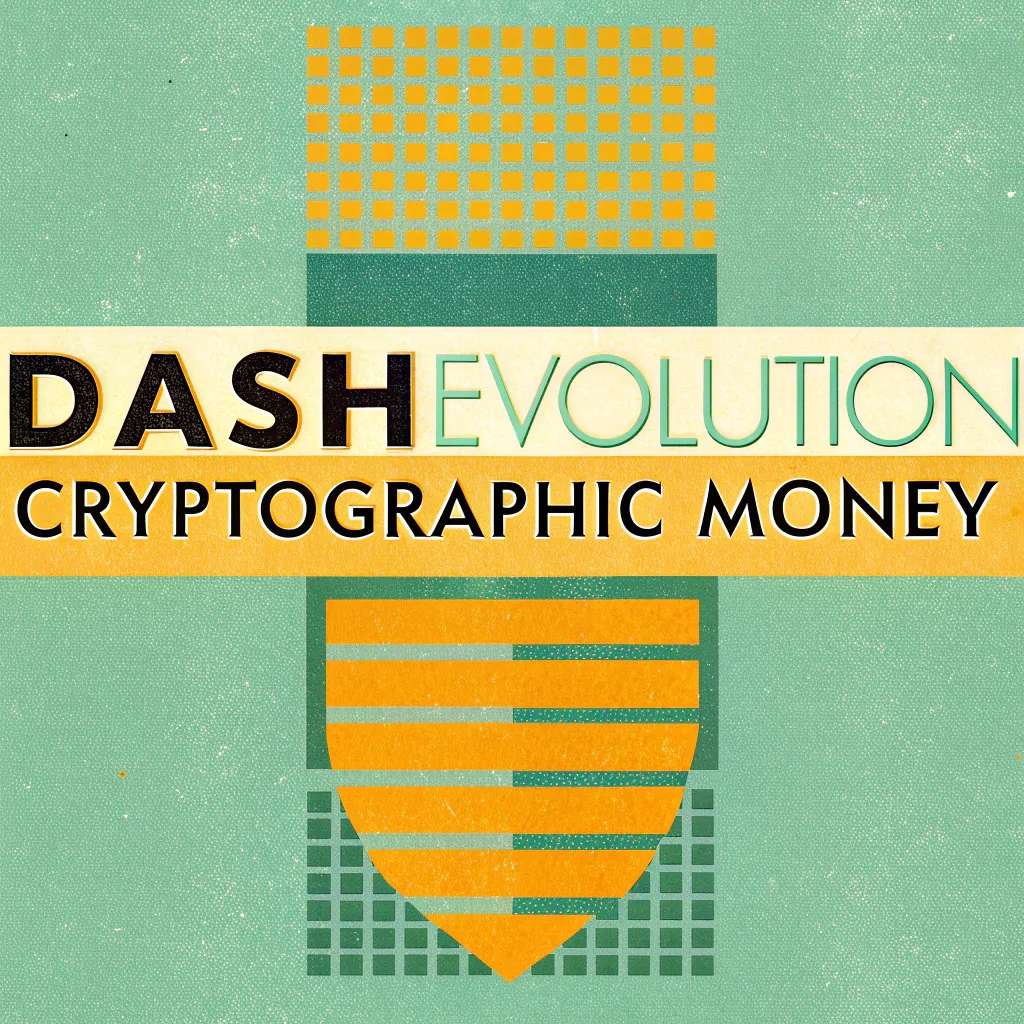
Dash cryptocurrency has one main blockchain for DASH transactions (Core) and a second layer blockchain called Platform that enhances the Core's functionality and enables decentralized applications (dApps).
Therefore Dash has two blockchains, but they are NOT two completely separate blockchains.
It is a layered approach allowing for improved scalability, security, and flexibility of dApps on Platform while building upon the security of the Core blockchain. This compound layered design acts out as a single technology called Dash Evolution.
The Core, until the mid 2024 the sole independent technology providing the Dash payment network, is unique due to its dual-tier network of miners and masternodes which allow for a decentralized treasury and governance system, fast and secure transactions (InstantSend and ChainLocks), optional privacy (PrivateSend), and a strong focus on practical applications as a payment currency (DashPay). These combined features differentiate Dash from other UTXO based cryptocurrencies, and may provide advantages in certain use cases.
The Platform, on the other hand, represents a significant step forward for Dash's technology by introducing Tenderdash and GroveDB components. Tenderdash replaces proof-of-work on the Platform with a much more efficient, scalable, and secure BFT consensus mechanism. GroveDB provides decentralized, secure data storage to support dApps. Together they help Platform to be a secure and efficient blockchain tech to build and host dApps. Platform technology makes Dash Evolution unique and more adaptable than many other cryptocurrency projects.
In Dash Evolution data exchange occurs between Core and Platform thanks to a network of dual nodes (Evolution/Evo nodes) with the focus on maximizing scalability, security, and functionality. Each Evo node acts as both a masternode on Core chain and a validator on Platform chain. The communication between Platform and Core is regarding anchoring, state transitions, event broadcasting, and DASH transfers. In general Core remains independent of Platform and the two chains are not in direct two-way communication. This separation allows the two layers to function more independently, and allows each to specialize in their specific purpose. This approach differs significantly from sidechain solutions in smart-contract platforms.